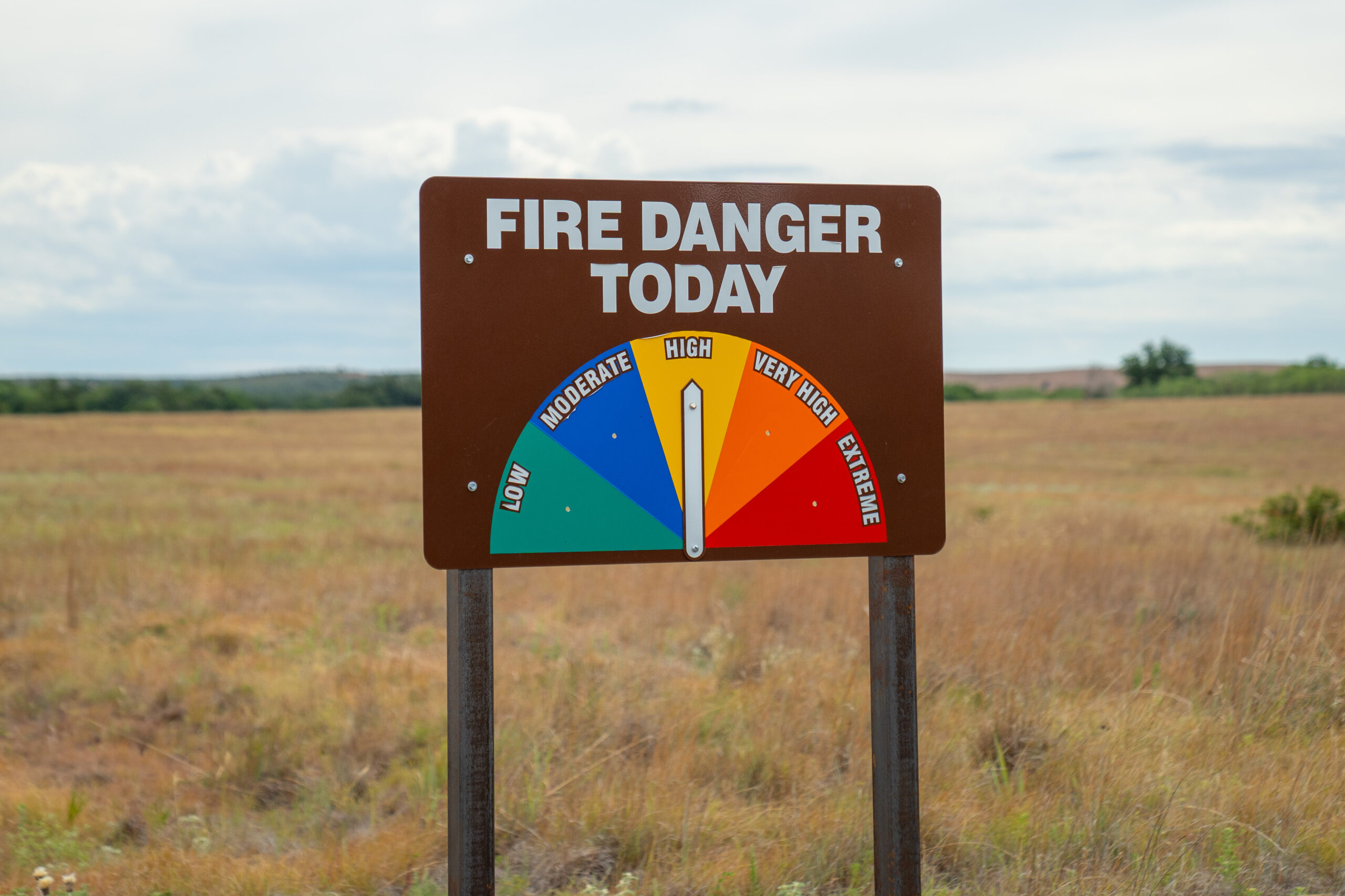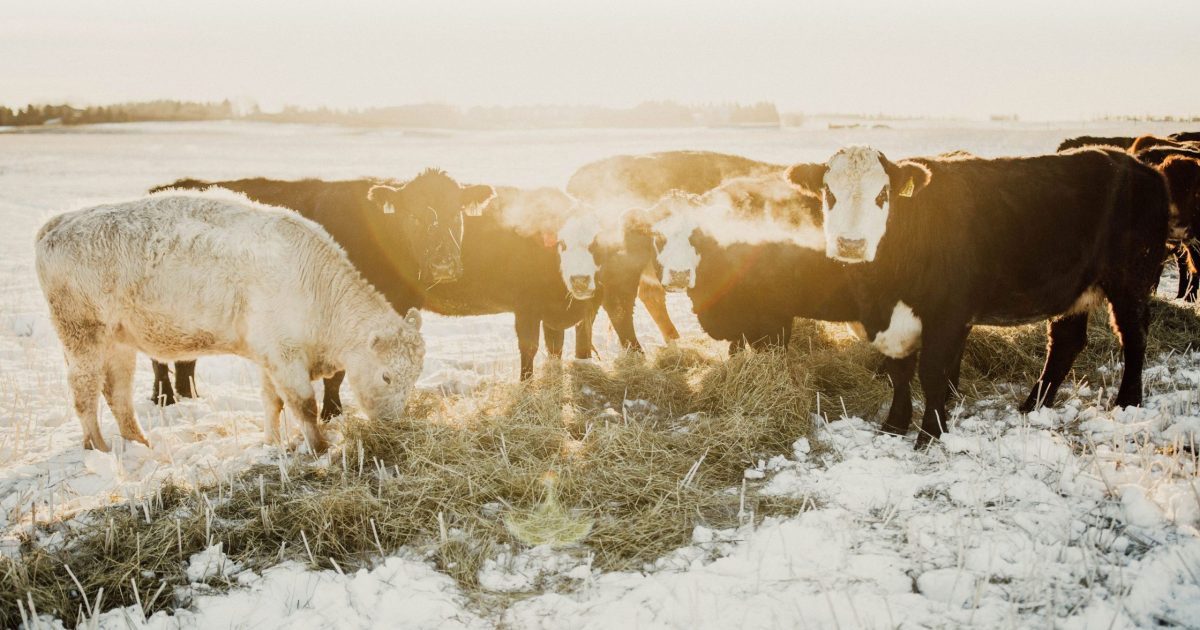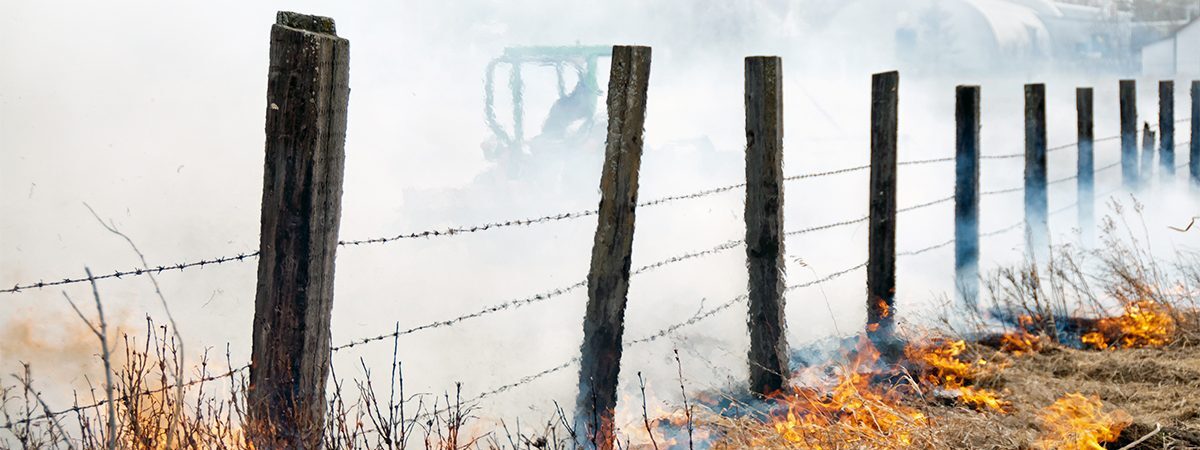AB Direct - Steers
Rail: 495.00-500.00
AB Direct - Heifers
Rail: 495.00-500.00
US Trade- Steers
Rail: 370.00-372.00 (NE/IA) Thursday
US Trade - Heifers
Rail: 370.00-372.00 (NE/IA) Thursday
Canadian Dollar
0.14
Alberta SPCA to take over answering ALERT Line
The Alberta SPCA, in collaboration with the former Alberta Farm Animal Care (AFAC) Board of Directors is pleased to announce plans for the future of the AFAC ALERT Line. With the dissolution of AFAC underway, effective March 21, 2024 calls to the ALERT Line will be answered by the Alberta SPCA. “We are pleased to…
Public Notice – AFAC Closure
Alberta Farm Animal Care Association (AFAC) was started in 1993 by Alberta livestock producers. Throughout the past 30 years, AFAC has developed into the collective voice of the livestock industry on matters of livestock welfare and provided an opportunity for the industry to work together to advance and promote responsible livestock care. AFAC’s vision was…
Starting off on the right hoof
In 2014, I asked cow-calf producers if they thought hard calvings (i.e., dystocia) were painful, and the majority agreed. Over the years, the use of pain control for hard calvings, for the cow and the calf, has increased. Calves that experience hard calvings are known to have decreased viability, taking longer to stand, walk, and…
Cold stress: how much does it impact your operation’s bottom line?
What is cold stress? All mammals must maintain their internal body temperatures, with cattle averaging 38°C. Their body becomes stressed when environmental temperatures drop below the lower limit of the thermoneutral zone, the ‘lower critical temperature.’ Top factors that contribute to cold stress are cold weather, wind, wet weather, and lack of feed. Estimates of…
AFAC publishes searchable database of Alberta veterinary clinics
Alberta Farm Animal Care (AFAC) is now offering Albertans a searchable list of veterinary clinics in the province. “It can be challenging for farmers to find veterinary care,” says Melissa Moggy, Extension Coordinator with AFAC. “Alberta Farm Animal Care, in collaboration with Capstone students at the University of Alberta, have created a veterinary clinic directory….
Cold Stress: What to know going into this winter
What is cold stress? All mammals need to maintain their internal body temperatures, averaging 38°C in cattle. However, they don’t need to use extra energy to maintain normal body temperatures when the environmental conditions are within a “thermoneutral zone.” The thermoneutral zone is defined as the range of ambient temperatures without regulatory changes in metabolic…
Repercussions of check-off refunds reach beyond ABP
This is part two of a three-part series. You can find part one in the September issue of ABP, and on ABP Daily. With the drastic cuts made to the 2021 budget, Alberta Beef Producers (ABP) is no longer able to support external organizations at levels we have in the past. Funding to three organizations…
Be prepared for on-farm emergencies
Emergencies that involve livestock are complex and can progress quickly, putting people and animals at risk. Natural disasters, such as fires and floods, can pose a severe threat to a farm. Farmers are familiar with what natural hazards exist in their area and should adjust their emergency plans accordingly. For example, a farm located in…







